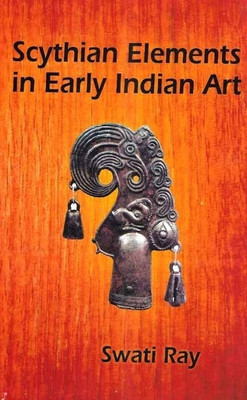Scythian Elements in Early Indian Art(English, Hardcover, Ray Swati)
Quick Overview
Product Price Comparison
The study and research of the history of Indian art and foreign influence on it, being a subject of absorbing interest, started receiving the special attention of scholars and art historians from about the beginning of the nineteenth century. The presence of the sakas in early India is well-known to scholars. It is also known that the sakas were a part of the scythians. The term scythian is generally employed to denote numerous groups of nomadic tribes from the borders of China to the Carpathians. Also, the Scythians constituted a subdivison within the larger group of Scytho- Siberian early nomads inhabiting the Eurasian steppes and forest steppezones during the first millennium B,C ŌĆ£Scythian Elements in Early Indian ArtŌĆØ ascertains the importance of the Sake Scythian elements in the formation of the composite and rich nature of Indian culture. The importance of the Scythian Saka power in the annals of the ancient Orient is apparently clear from the numerous widely known source (both literary and archaeological) alluding to them. In the present work, all relevant sources, both archaeological and literary, have been taken into account. The Asian connections of the Scythian Culture, which were formely not easily traceable, are now studied with fresh perspectives as revealed by new archaeological data. Table of Contents Chapter 1: Introduction Chapter 2: Scythia and Saka: Territories and Connotations Chapter 3: The Sakas and the Saka-Pahlavas in the Indian Subcontinent Chapter 4: The Saga of the Scythian-Saka Art (A) Western Section, Objects of Utility, Ornaments, Weapons (B) Eastern Section Chapter 5: Saka-Scythian and Indian Art: Beginnings (A) In the Borderlands (B) In the North-Western Part of India Chapter 6: Influences on Later India Art (A) East of the North-Western Parth of India (B) Other Areas of Influnce of the Saka-Pahlva Art


